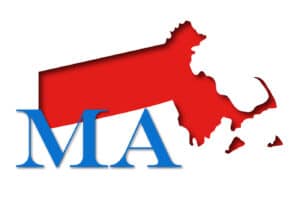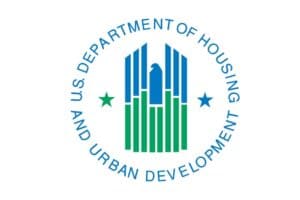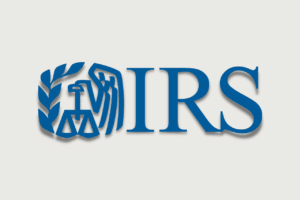News

LISC Boston to Host Opportunity Zone Showcase; Toolkit Release
On July 31 LISC Boston will host its Opportunity Zone Showcase & Toolkit Release in Massachusetts. As of 7/9, LISC Boston had not announced the event location, which will run from 9 a.m. – 1:00 p.m. The event will: Showcase Massachusetts Opportunity Zone communities, strategies, and opportunities. Connect stakeholders to drive inclusive investment. Who should […]

New York Times Op-Ed Profiles Democratic Presidential Candidates Housing Affordability Plans
On Sunday July 7, the New York Times Editorial Board published an Op-Ed titled, “A New Approach on Housing Affordability: Some Democratic presidential candidates are emphasizing the need to build more housing. That could make a big difference.” The Op-Ed highlights plans from four Democratic candidates including Sen. Cory Booker (D-NJ), Former HUD Secretary Julian […]

ABA Submits Comments On Opportunity Zone Regulations
The American Bar Association Forum on Affordable Housing and Community Development Law has submitted a comment letter on the most recent Qualified Opportunity Zone Regulations. The letter requests clarification of the regulations in order to improve the Qualified Opportunity Zone tax incentive so that it can better interact with affordable housing and community development.

Oregon Senate Passes Bill to Eliminate Single-Family Zoning
The Oregon State Senate recently approved House Bill 2001, which would authorize missing middle housing in large cities’ single-family zones, advancing it to Governor Kate Brown’s desk for her signature.

Bills Would Authorize Additional $500 Million in NMTC Allocation for Rural Job Zones
Representatives Terri Sewell (D-AL) and Jason Smith (R-MO) and Senators Ben Cardin (D-MD), Shelley Capito (R-WV), Mark Warner (D-VA) and Mark Warner (D-VA) introduced the Rural Jobs Act. The would authorize an additional $500 million in annual new markets tax credit (NMTC) allocation for 2019 and 2020 that would go to rural job zones.

HUD Makes $330 Million in Grants Available for Lead Remediation
Last week HUD announced $330 million in grants to clean up lead-based paint hazards and other housing-related health and safety hazards. HUD’s grants will direct funds to qualifying cities, counties, states and Native American tribal governments to eliminate dangerous lead paint hazards.

EPA Tightens Standards for Lead Dust in Homes, Child Care Facilities
The EPA recently announced a final rule that lowers dust-lead hazard standards for floors and windowsills in pre-1978 housing and certain schools, child care facilities and hospitals.

Sen. Kaine Reintroduces Fair Housing Improvement Act
Senator Tim Kaine (D-VA) reintroduced the Fair Housing Improvement Act of 2019 to protect veterans and low-income families from housing discrimination. This bill would expand the Fair Housing Act’s protections to prohibit housing discrimination based on source of income or veteran status.

HFSC Approves Bill Requiring Carbon Monoxide Detectors in HUD-Assisted Housing
Last week the House Financial Services Committee (HFSC) marked up and approved by a voice vote the Safe Housing for Families Act of 2019 (H.R. 1690). The bill provides $300 million over three years to fund the installation and maintenance of carbon monoxide detectors in HUD-assisted housing units that have combustion-fueled appliances or a ventilation system that connects them to such units.

IRS Updates OZ FAQ
The Internal Revenue Service updated its Opportunity Zones (OZ) Frequently Asked Questions (FAQ) page to include a new question on the realization of an Internal Revenue Code Section 1231 gain.

The State of the Nation’s Housing: Address Constraints on the Development Process
The Joint Center for Housing Studies (JCHS) of Harvard University released its annual The State of the Nation’s Housing report which shows that housing production still falls short of what is needed, which is keeping pressure on house prices and rents and eroding affordability.

House Passes FY 2020 HUD, USDA Appropriations
On June 25, the House passed five of the twelve FY 2020 appropriations bills, including funding for HUD and RD, in H.R. 3055 with a 227-194 vote. The House has yet to approve FY 2020 funding for three appropriations subcommittees and has yet to raise the FY 2020 spending caps set by the Budget Control Act of 2011. Absent congressional action to raise the spending caps, all discretionary funding is estimated to receive a ten percent cut.